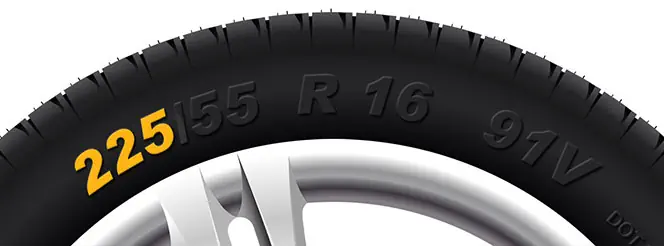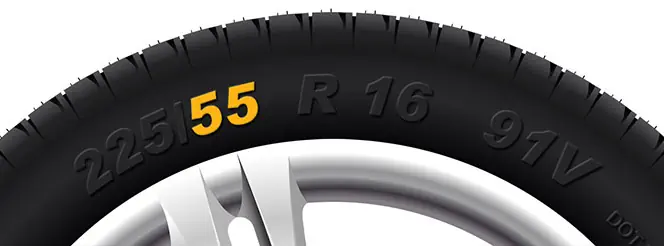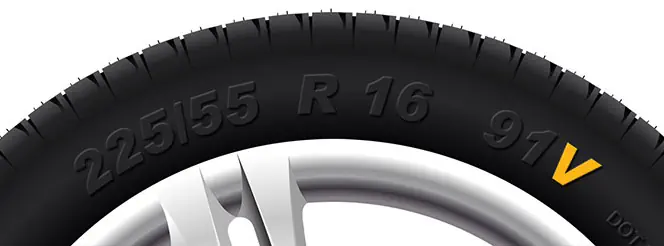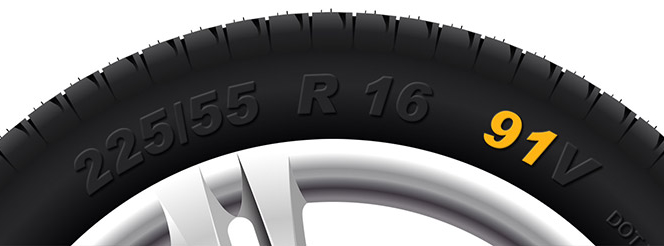What to Do if Your Car Heater isnít Working
Jack Dreyer | Tuesday 3rd December 2024 12:00pm
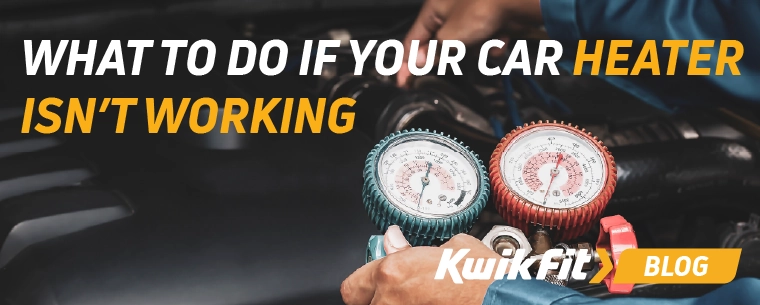
While itís normal for air-con to stop working at the most inconvenient times (midsummer noon in a traffic jam) Ė if your carís heater stops working, then you should pay attention: it could indicate a more serious problem. So donít put off car checks if your car heaterís blowing out cold air.
Letís first quickly look at how a heater works.
How does a car heater work?
Weíll not go into the complete technical detail, but itís worth knowing that your air con and heating system are related. Essentially, theyíre both using the heat and power generated by your engine to cool or warm air circulated around your vehicle.
Air con works slightly differently in that you need a refrigerant to get the air lower than the ambient air temperature, but car heaters are (in most vehicles) essentially just the engine.
The engine needs to get up to a certain operating temperature to run most efficiently, but after a certain point, itís liable to overheat. Original car designs featured grills to cool the engine with air directed to it while the car drives Ė but what about when youíre stuck in traffic? Or what about when itís an extremely hot summerís day?
This is why liquid cooling was invented to help regulate engines at all times. Coolant liquid works by being pumped through tubes around the engine. It is then warmed by the engine's heat (therefore removing some of the heat away from the engine). As the coolant liquid continues to circulate, it forms what is known as a closed-loop system by constantly drawing heat away from the engine.
Car heaters are an extra addition to this loop. The idea is that an extra radiator is added to the loop Ė that radiator is placed in front of a fan that pulls air into the ducts (either from the outside or from inside the car) and passes the radiator into the vehicle itself. As the cold air passes over the now-hot radiator, itís warmed up.
This is why it often takes a few minutes for the heating in your car to get going Ė because it takes a few minutes for the engine and coolant to get warm!
What does it mean if your car heating stops working?

Depending on which part has stopped working, it can mean a few things.
1.) The fan may have broken or the ducts may have become blocked
If youíve turned the heating on but thereís no air coming through open ducts, then thereís a good chance that the problem lies with the radiator fan. Check the air grills around the outside of your car, specifically around the air intake vent.
2.) There could be a coolant leak
If the fans are running as normal at all powers, then you need to check your coolant reservoir to make sure the coolant level hasnít dropped. If the air isnít getting hot, then itís possible that the coolant may have leaked to a point where thereís not enough to even cool the engine.
In this situation, your first step should be to turn off the engine and try topping up the reservoir (slowly) with more coolant.
Hopefully, itíll only be a slow leak so that youíve got time to get to a service centre! If the coolant quickly drains, then youíve got a bigger problem on your hands because you shouldnít drive your car without coolant Ė an overheated engine is potentially a much more costly fix than a few pipes!
3.) Faulty Wiring or Blown Fuses
Overall, a damaged wire wouldn't be the worst-case scenario since it's a relatively simple fix. However, if your car heater isn't responding, the issue could be due to a short-circuited wire or a blown fuse.
Your best bet here is to call for emergency assistance to have your car towed to an auto centre.
r.) Faulty or damaged thermostat
One of the most common causes of a car heater stopping working is a faulty or damaged thermostat. As a thermostat ages, it may start to corrode and could get stuck in the closed position. This could, in turn, prevent any coolant from reaching the radiator. Without any coolant, your engine will overheat, potentially causing very serious damage.
Trust the experts at your local Kwik Fit centre
We hope you never have to call for roadside assistance, and we strive to help you never need to. From free vehicle health checks to MOTs and a range of service packages, our team of expert technicians will help keep your car on the road. And with centres in over 600 locations across the UK, youíre sure to find a Kwik Centre near you.
Any facts, figures and prices shown in our blog articles are correct at time of publication.
Featured Articles
Is it Illegal to Drive With One Headlight?
Saturday 19th July 2025
Wondering if itís illegal to drive with one headlight? Learn about the safety risks and penalties of illegal blown bulbs and why you should fix them promptly.
Air Con in EVs & Hybrids: Experts Answer Your Questions
Monday 30th June 2025
Does air con drain EV batteries? Can you use the air con while charging an electric car? Find out the answers to these questions & more from Kwik Fitís experts.
Why Is Your Car Making a Noise? Fixes & Tips
Friday 13th June 2025
When your car starts making unexpected noises, it can certainly be quite disconcerting; it may be nothing to worry about, but hereís what you need to know.





